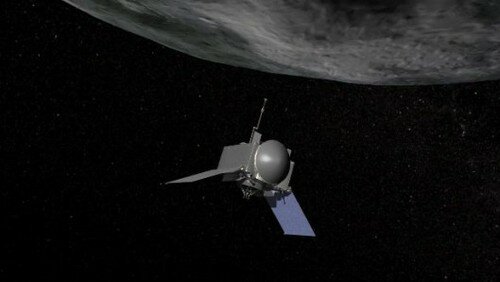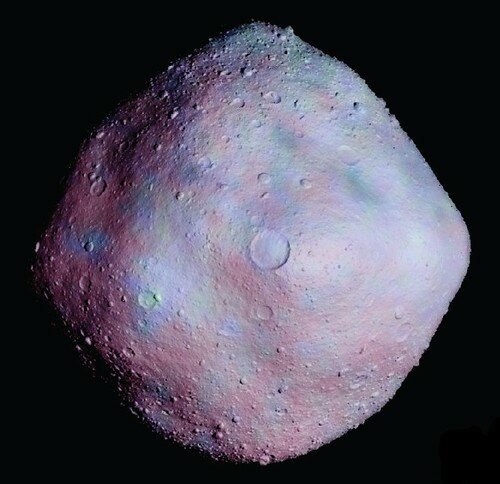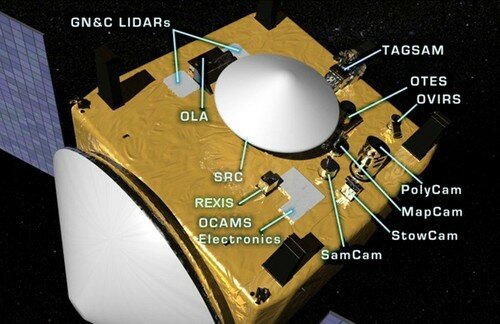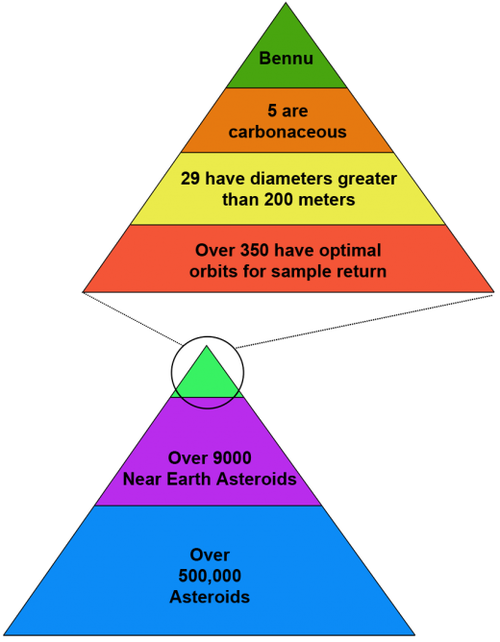The Progress Of NASA’s OSIRIS-REx Mission On Exploring The Bennu Asteroid (+VIDEO)

NASAâs OSIRIS-REx project (Origins-Spectral Interpretation Resource Identification Security REgolith Explorer) is scheduled to launch in 2016. In 2018 it will rendezvous with the asteroid Bennu (1999 RQ36) to perform a detailed study and return a 2-ounce (60 gm) sample of its surface to Earth in 2023. Bennu is a B-type asteroid (itâs more carbonaceous rather than composed of stone or a mix of iron and nickel); itâs rich in volatiles and may contain water and organic molecules that could provide clues as to the origin of life on Earth. OSIRIS-Rex will also study the asteroidâs chemistry, mineralogy and topography, compare telescope-based data with on-the-spot observations, and determine the asteroidâs orbit. The latter will then enable NASA to study the Yarkovsky effect (considering current concerns over protecting Earth from wayward asteroids, this effect could be of great importance in assessing possible threats to Earth). The explorer is about 2 meters (6.6 ft) on each side and is powered by lithium-ion batteries using active solar arrays covering 8.5 square meters (91 sq ft). The asteroid samples will be collected using the Touch-And-Go Sample Acquisition Mechanism (TAGSAM) including a simple sampler head attached to an articulated arm. Once collected, the sample is visually verified, then the head is placed inside the Sample Return Capsule (SRC) and brought back to Earth. When OSIRIS-REx next approaches Earth, the SRC is jettisoned for reentry and recovery. The spacecraft is being built by Lockheed Martin Space Systems in Denver; NASA’s Goddard Space Flight Center in Greenbelt, Maryland, will control the mission.
Via:gizmag.com

















